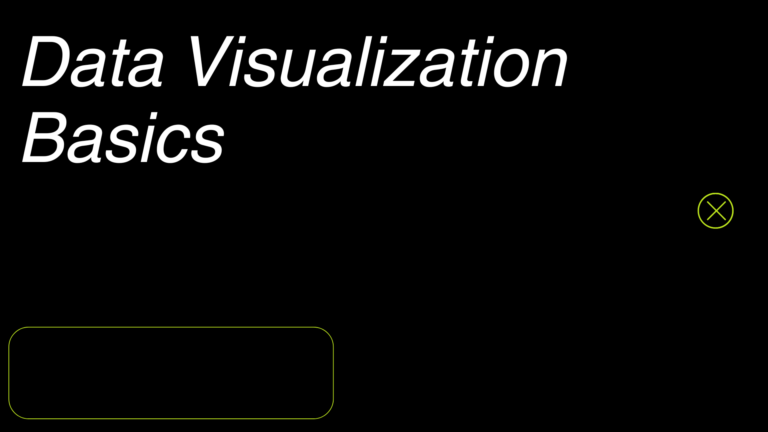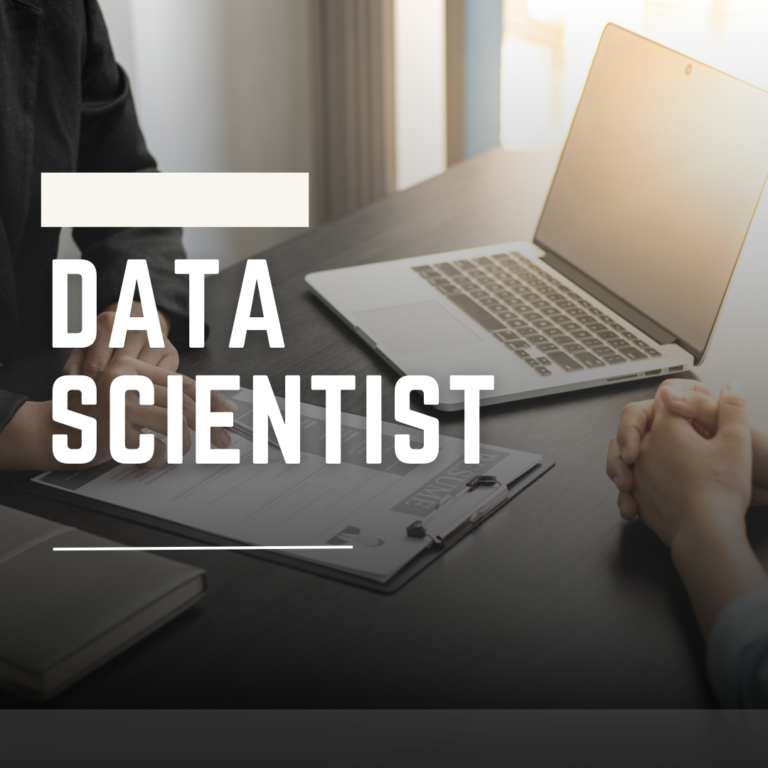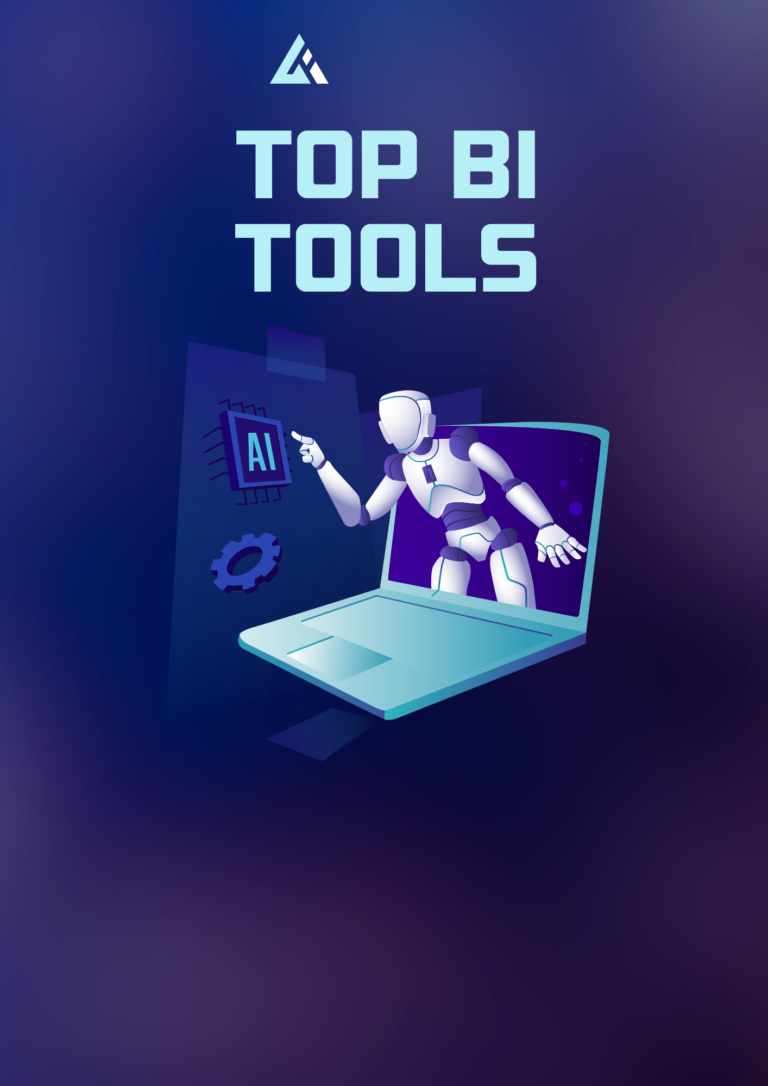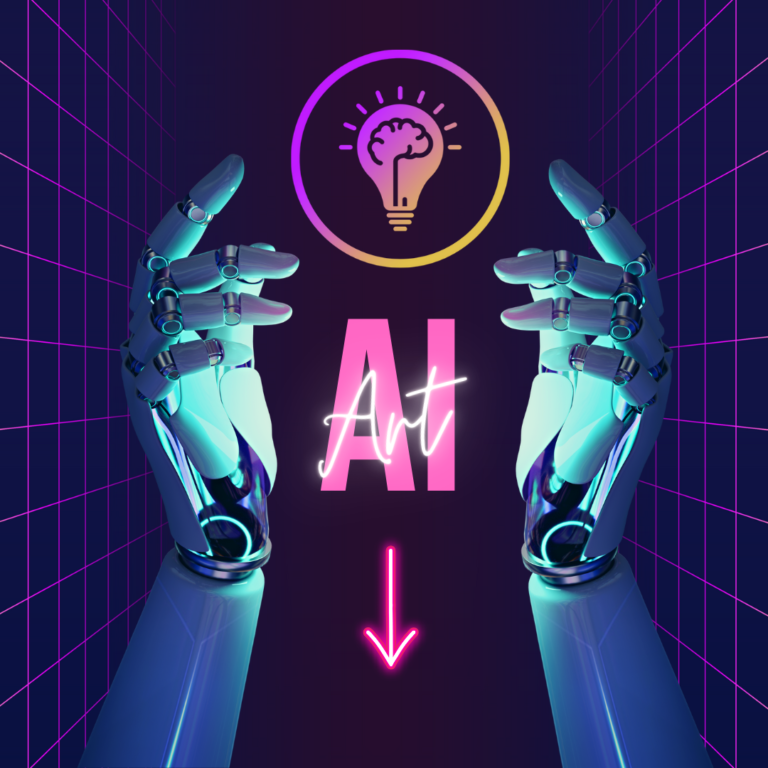Big data analytics in IOT
Business executives are particularly interested in the relation between big data analytics in IOT. When combined, they have had a major influence on businesses’ capacity to gather and evaluate data in order to inform decisions. There are numerous scenarios in the modern world where big data and the Internet of Things complement one another. They have some distinctions, nevertheless, and developed as distinct technologies.
This begs the question: what is the precise relationship between the big data analytics in IOT?
Big data: what is it?
Since the beginning of the digital era, big data has been a developing idea. Known by the three Vs—volume, velocity, and variety—big data is a term used to characterize a large data set that is distinguished from other data sets by its size (volume), rate of growth or change (velocity), and variety of structured, unstructured, and semi-structured data.
The advantage of having a huge data set is that it may contain hidden trends or patterns that are only apparent in such a large set. It also makes a full-picture view possible.
In the past, in order to obtain any useful insights from the data, organizations would have needed to invest a significant amount of time, money, and resources in its analysis. Fortunately, big data analytics now enables the combination of massive data sets with powerful analytics, thanks to advances in computers. The outcome? Actionable insights can now be found in previously unmanageable data volumes. Big data analytics makes large data sets usable by putting them in an understandable format. Furthermore, more relevant insights might be revealed by integrating technologies like machine learning and artificial intelligence (AI). Big data comes from a variety of sources, including the Internet of Things (IoT).
IoT data: what is it?
Physical things connected by shared networks are referred to as the Internet of Things (IoT). Numerous sensors collect data and transmit it to systems that are able to handle, store, filter, and evaluate it. Wearables, medical equipment, and industrial machinery can all be considered IoT devices.
Businesses now have unheard-of real-time visibility into what is occurring across all of their linked devices thanks to the Internet of Things. Numerous real-time data points are gathered from IoT devices that are connected and sent over the internet for analysis and storage.
What connection exists between big data and the Internet of Things?
Big data and IoT share many aspects, and IoT is regarded as a significant source of big data.
But they were created apart from one other. Big data and IoT have become increasingly intertwined as the amount of data created by IoT has grown to the point where traditional techniques of storage and analysis are no longer effective.
In the modern world, the intricate data and information collected by Internet of Things devices can be regarded as a real-time big data collection. At the moment, big data analytics and storage aid in making sense of the abundance of those real-time data points and offer beneficial insights.
To provide a high-level summary of the relationship: A collection of electronics-equipped gadgets
What role does big data play in IoT?
The data and information collected by IoT devices can be better understood with the aid of big data analytics. These solutions take the massive amounts of unstructured data that have been gathered and figure out how to break it up into smaller data sets that can help businesses make better decisions and gain insights into how their operations are operating.
When applied to the Internet of Things, big data analytics can yield several kinds of insights, including prescriptive, diagnostic, predictive, and descriptive analytics. Real-time insights into the performance of a connected device are provided via descriptive analytics. It can be used for anything from finding a connected device to figuring out how customers use that device to spotting irregularities.
Predictive analytics is a highly relevant application of big data in IoT. By evaluating historical data, this kind of analytics makes use of machine learning to generate predictions about the device’s future performance. This is particularly advantageous for IoT device maintenance. By using this technology, businesses can foresee malfunctions or maintenance requirements before the gadget breaks down.
Last but not least, prescriptive analytics in IoT uses large data. This kind of study provides information on how to influence things that have been seen or anticipated.
Big data analytics challenges in the Internet of Things
Visualization of data
An essential component of IoT analysis is data visualization, which facilitates the identification of significant trends. To effectively find and communicate the greatest data insights that can inform business choices, data visualization is required. IoT devices generate heterogeneous data, which can be classified as semi-structured, unstructured, or structured. Theoretically, data visualization should make it simpler to identify trends, but when data is presented in a variety of formats, visualization becomes more challenging.
Data management and storage
Big data is still expanding at an exponential rate. It is getting increasingly difficult to manage and store such a massive volume of data because big data storage systems now have a limited amount of space.
Big Data Analytics in IOT solutions
The Internet of Things and big data will keep developing and will be crucial to an organization’s decision-making process. Discover how PTC’s analytics solutions make it simple to transform unstructured data into insightful knowledge.








